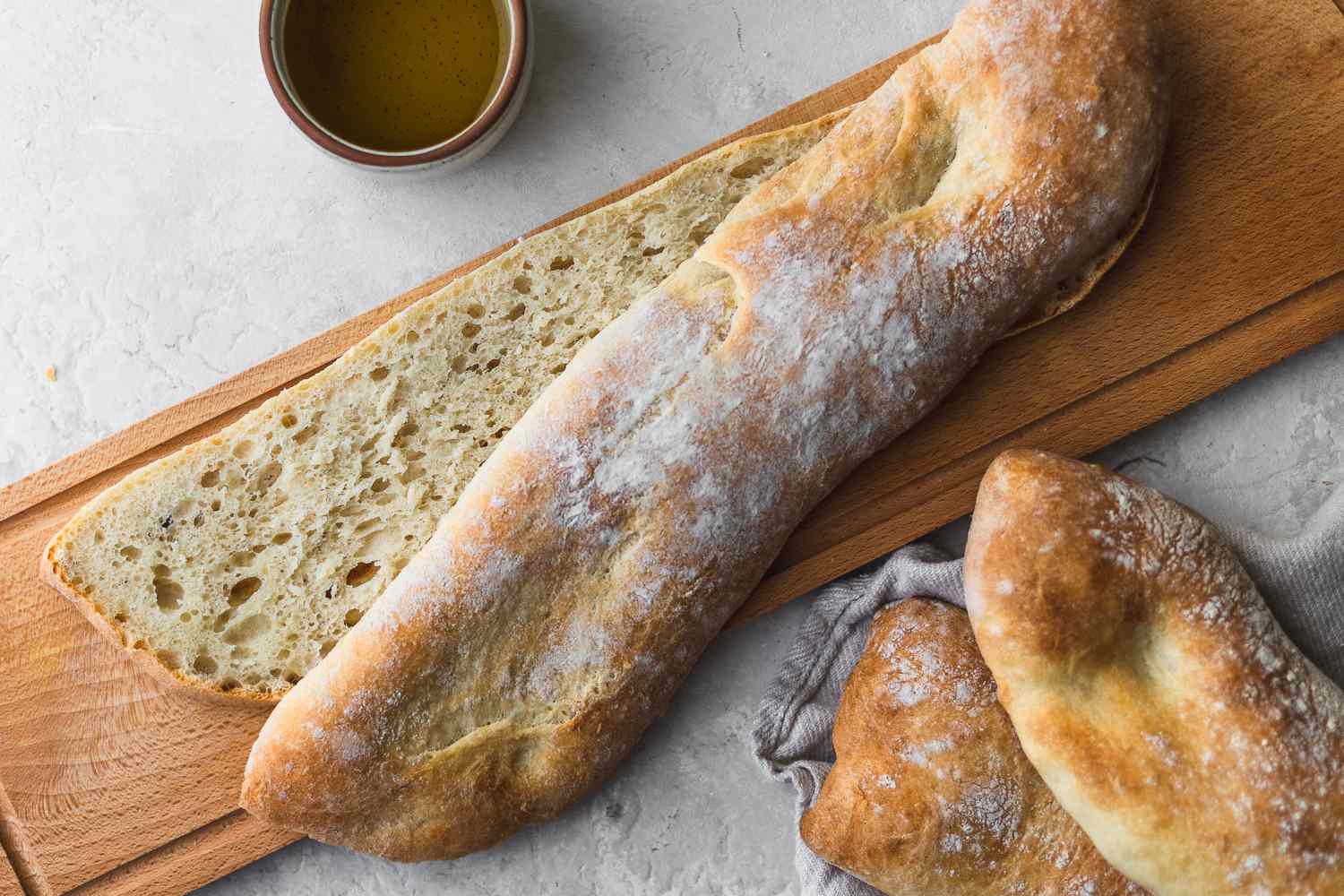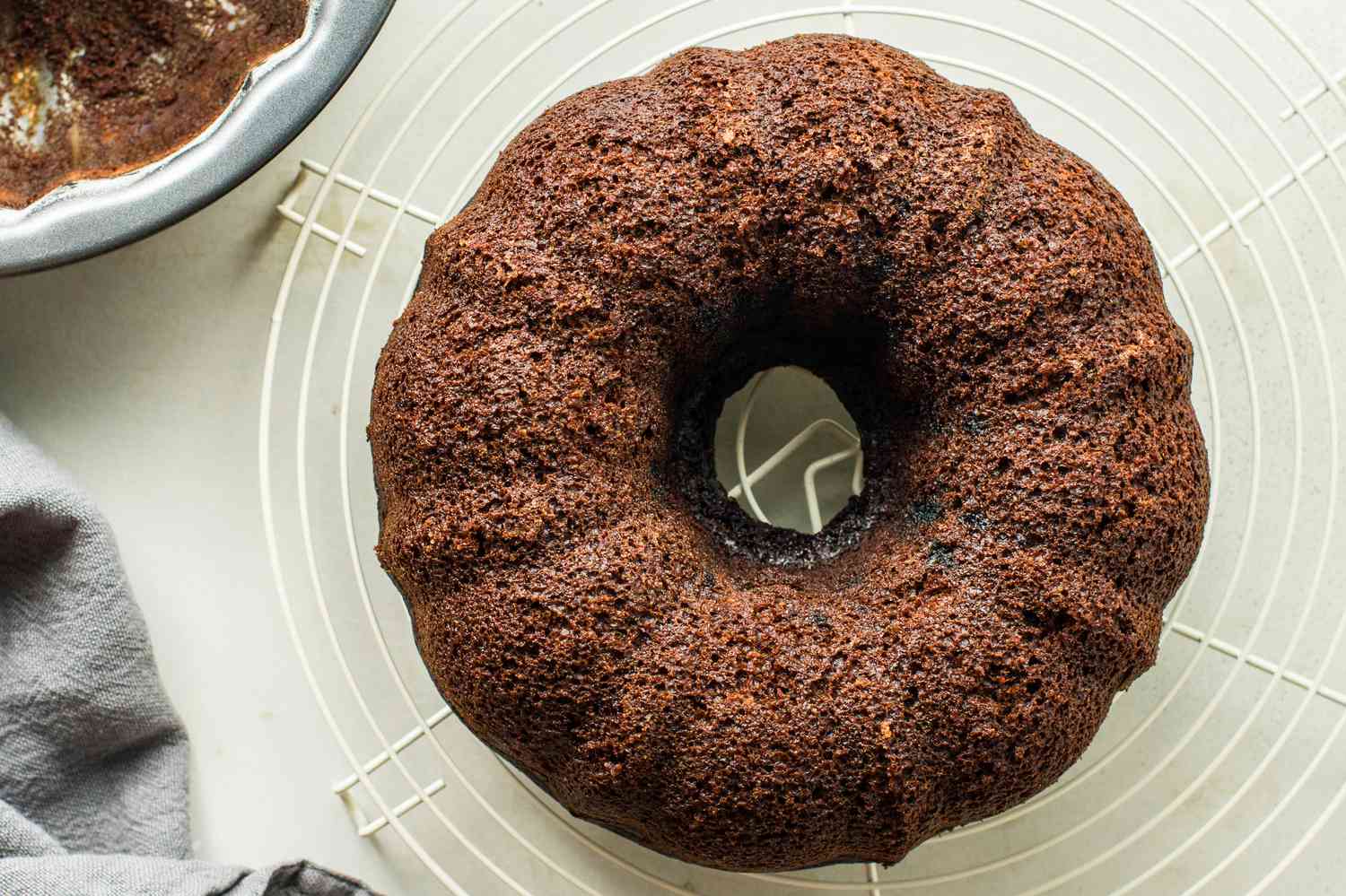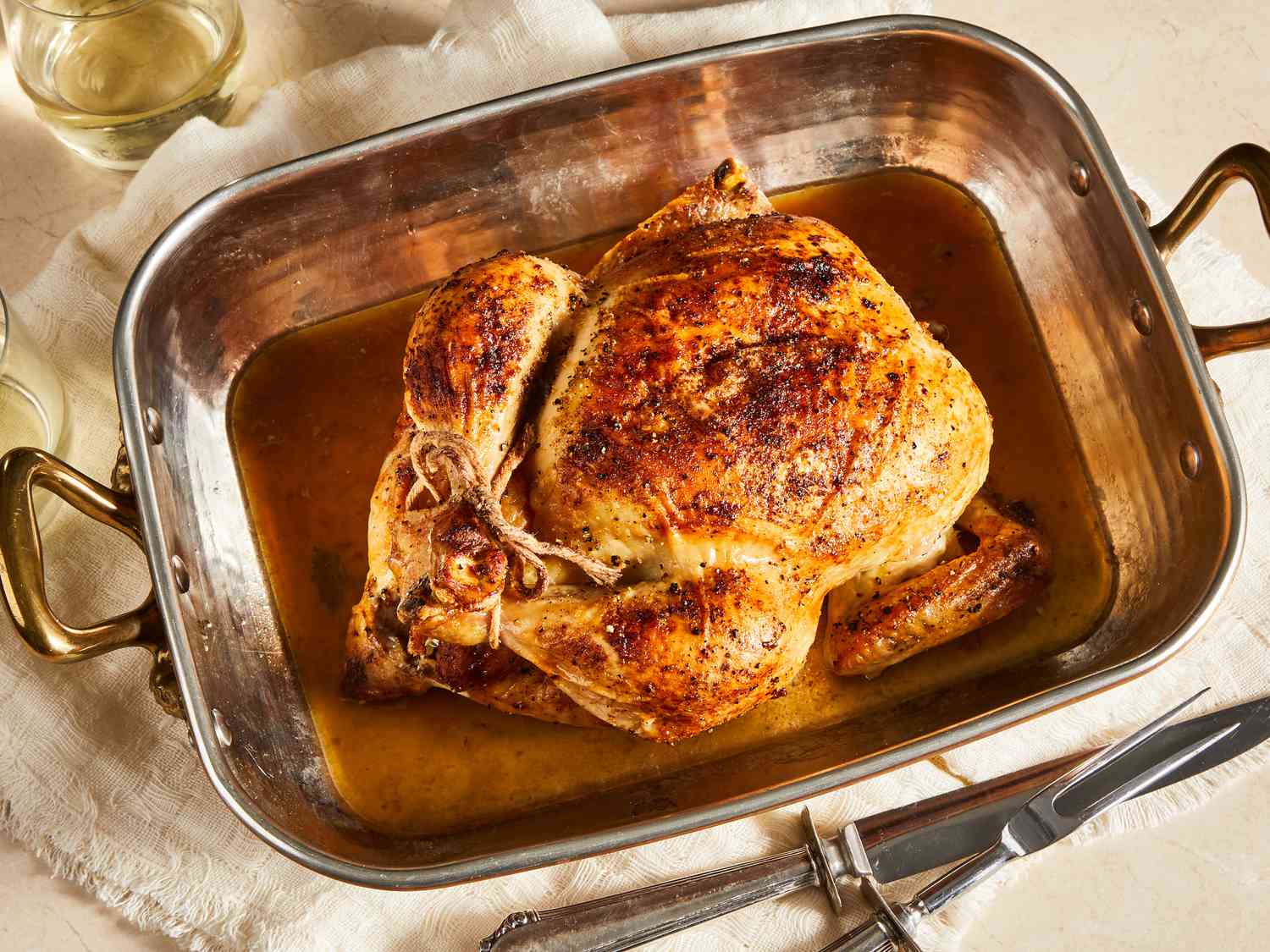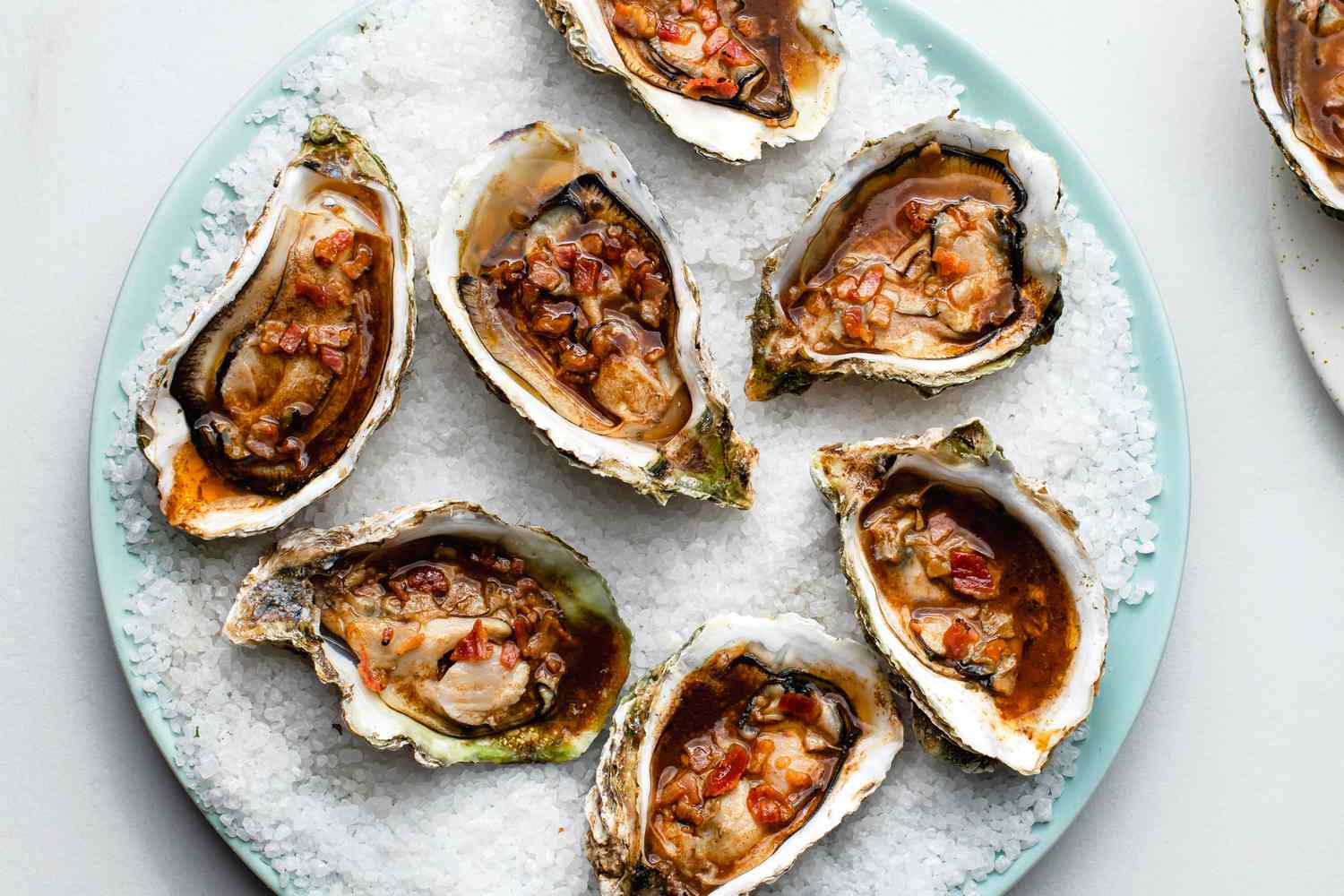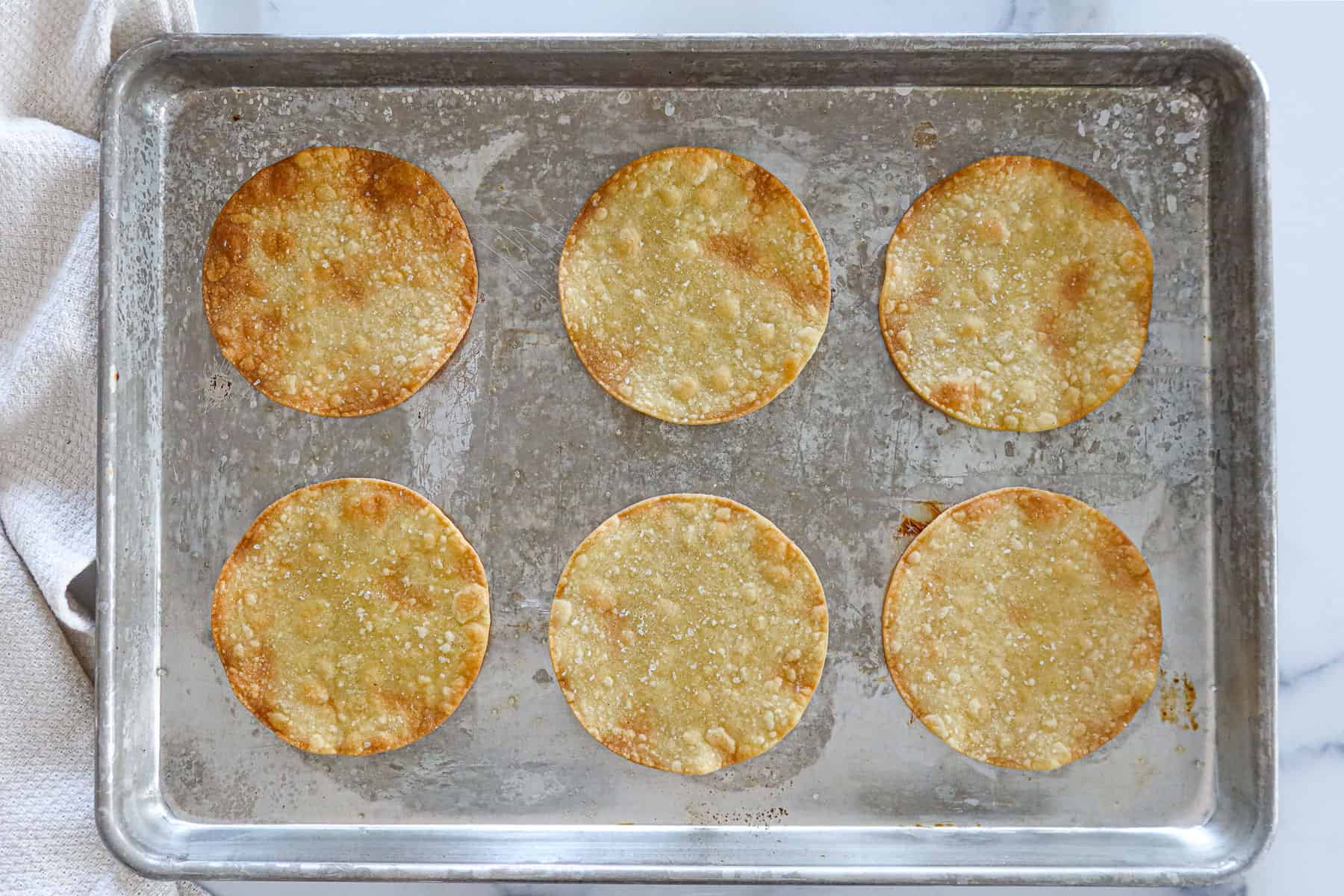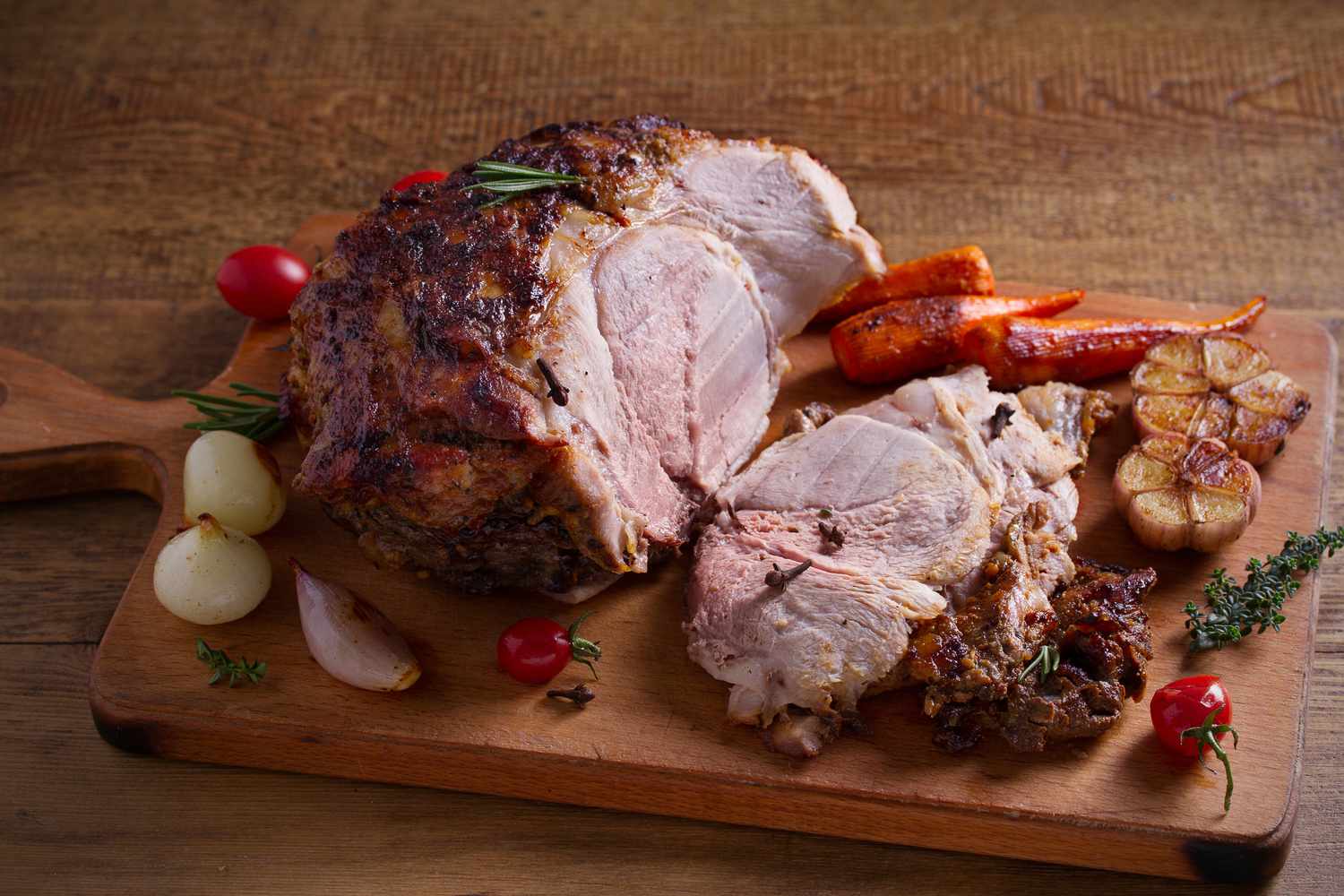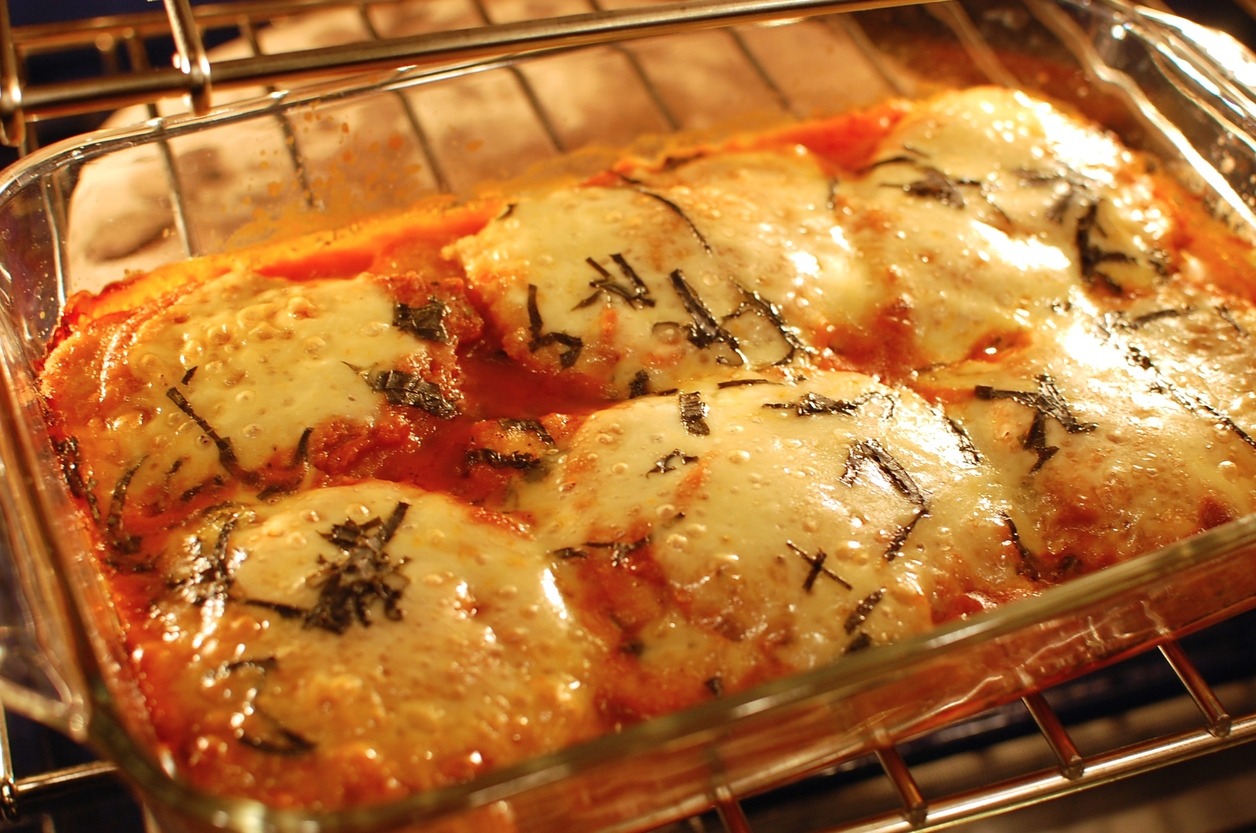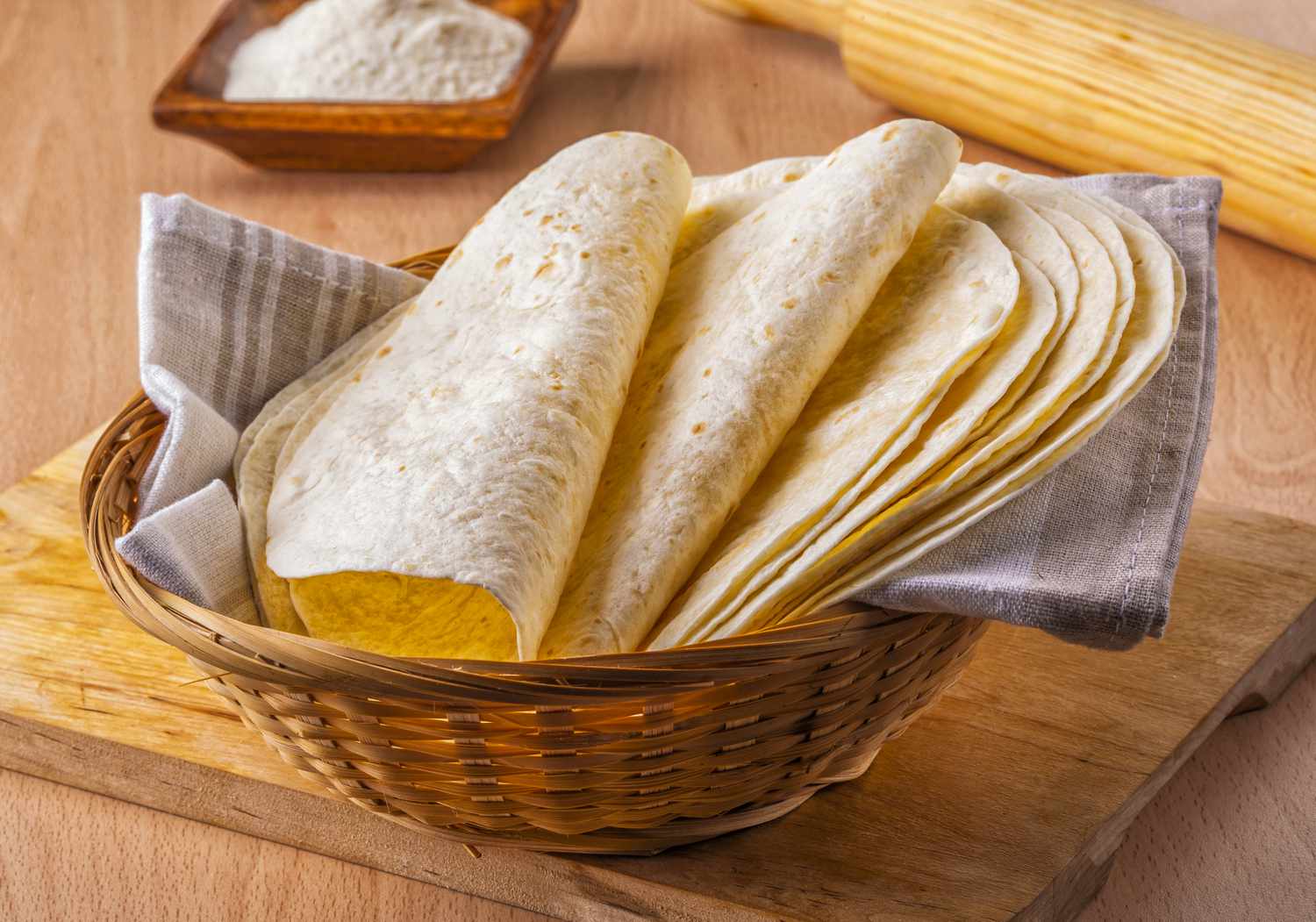Delicious Scones Made with Cake Flour and Inkomazi
Are you ready to elevate your baking game and create some mouthwatering scones? Look no further! In this article, we will explore the art of baking scones using cake flour and inkomazi, a traditional South African cultured milk. Get ready to impress your friends and family with these delectable treats.
Why Use Cake Flour?
Cake flour is a low-protein flour that is finely milled, resulting in a lighter texture in baked goods. When used in scones, it produces a tender and delicate crumb, giving your scones a melt-in-your-mouth quality. The lower protein content in cake flour helps prevent the formation of too much gluten, resulting in a softer texture.
Embracing Inkomazi in Your Scones
Inkomazi, also known as amasi, is a traditional South African fermented milk that adds a unique tangy flavor to baked goods. When incorporated into scones, inkomazi lends a subtle sourness, enhancing the overall taste of the scones. Its creamy texture also contributes to the moistness of the scones, making them even more irresistible.
Recipe for Cake Flour and Inkomazi Scones
Now that you understand the benefits of using cake flour and inkomazi, let’s dive into a simple yet delightful scone recipe that incorporates these two ingredients.
Ingredients:
- 2 cups cake flour
- 1/4 cup sugar
- 1 tablespoon baking powder
- 1/2 teaspoon salt
- 1/2 cup cold unsalted butter, cut into small pieces
- 1/2 cup inkomazi (cultured milk)
- 1 large egg
- 1 teaspoon vanilla extract
Instructions:
- Preheat your oven to 400°F (200°C) and line a baking sheet with parchment paper.
- In a large bowl, whisk together the cake flour, sugar, baking powder, and salt.
- Add the cold butter to the dry ingredients and use a pastry cutter or your fingertips to rub the butter into the flour mixture until it resembles coarse crumbs.
- In a separate bowl, whisk together the inkomazi, egg, and vanilla extract.
- Pour the wet ingredients into the dry ingredients and stir until just combined. Be careful not to overmix.
- Transfer the dough to a floured surface and gently pat it into a 1-inch thick circle.
- Use a floured round cutter to cut out scones and place them on the prepared baking sheet.
- Bake for 12-15 minutes or until the scones are golden brown.
- Allow the scones to cool slightly before serving. Enjoy!
These scones are best enjoyed fresh out of the oven, served with a dollop of clotted cream and your favorite jam. The combination of cake flour and inkomazi creates scones that are tender, flavorful, and utterly irresistible.
Conclusion
Baking scones with cake flour and inkomazi adds a delightful twist to this classic treat. The use of cake flour results in a tender crumb, while inkomazi brings a unique tangy flavor and creamy texture to the scones. Whether you’re hosting a brunch or simply craving a homemade treat, these scones are sure to impress. So, roll up your sleeves, gather your ingredients, and get ready to bake up a batch of these delectable scones!
Happy baking!
Was this page helpful?
Read Next: How To Bake Small Cheesecakes
